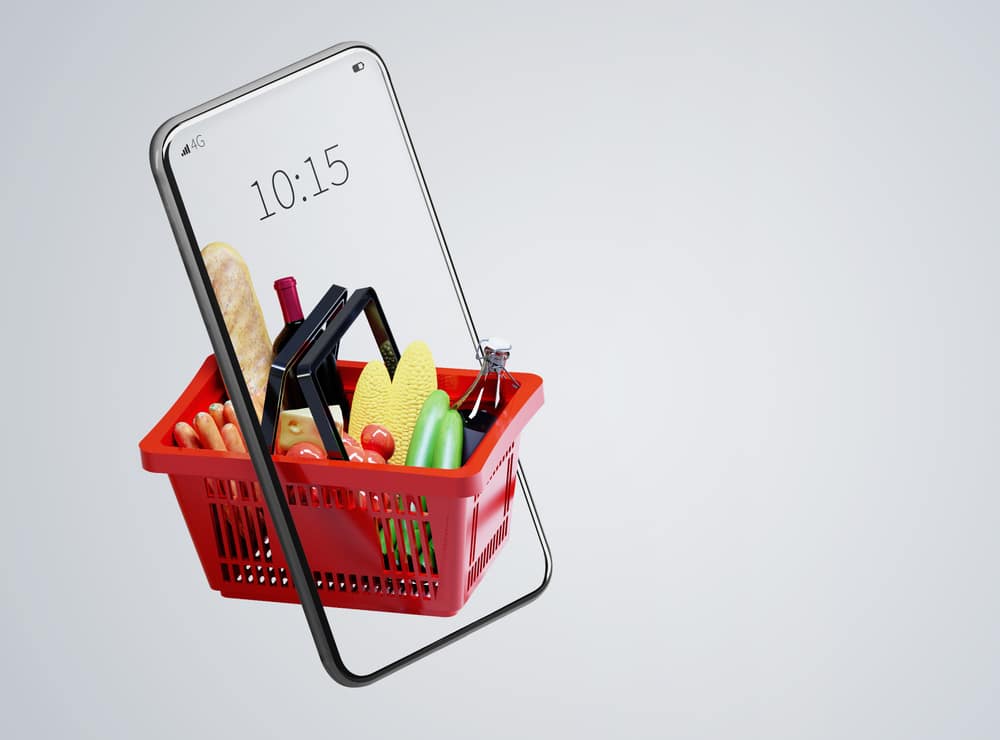Developing a food delivery app that runs seamlessly across iOS, Android, and the web is no small feat, but it’s crucial in today’s diverse tech landscape. Why? Well, user preferences vary widely, and not being present on a platform can mean missing out on a significant portion of the market. Plus, being everywhere at once gives a competitive edge, helping to maximize reach and revenue.
The path to creating an effective multi-platform food delivery app is lined with a few technical hurdles. One of the biggest challenges is dealing with diverse operating systems and software fragmentation. Achieving consistent functionality and user experience across various devices means tackling screen size variances, different hardware specifications, and distinct system behaviors. This can turn into quite the headache, especially when trying to ensure that your app not only looks good but also works smoothly, whether it’s accessed on an iPhone, a Samsung tablet, or a PC.
Another critical challenge is maintaining a consistent user experience. Designing user interfaces that are both functional and visually appealing across different platforms requires a keen eye and a lot of testing. It’s about striking the right balance between maintaining brand consistency and tailoring the interface to fit the navigation styles and aesthetics of each platform.
Then there’s the issue of synchronization across platforms. For a food delivery app, real-time data synchronization is non-negotiable. Customers expect up-to-date information on delivery times, order statuses, and real-time updates. Ensuring this level of immediacy across different devices involves complex backend integrations and a robust data handling strategy.
To navigate these complexities, leveraging cross-platform development tools like React Native and Flutter can be a game-changer. These frameworks allow developers to write code once and deploy it across multiple platforms, which not only speeds up development time but also reduces the resources spent on maintaining separate code bases for each platform.
Comprehensive testing is another pillar of successful multi-platform app development. Implementing both automated and manual testing strategies ensures that the app performs well across all platforms. Automated tests can quickly catch functional bugs, while manual testing focuses on the nuances of user experience.
The future of multi-platform development looks promising, with new technologies on the horizon that could further streamline the development process. The use of AI for automated code generation and more sophisticated testing tools are just some of the advancements that could make developers’ lives easier in the next decade.
While the journey to creating a robust multi-platform food delivery app is fraught with challenges, the evolving toolkit for developers means these obstacles are not insurmountable. By staying on top of best practices and embracing new technologies, developers can not only overcome these challenges but also set new standards in app performance and user satisfaction.
